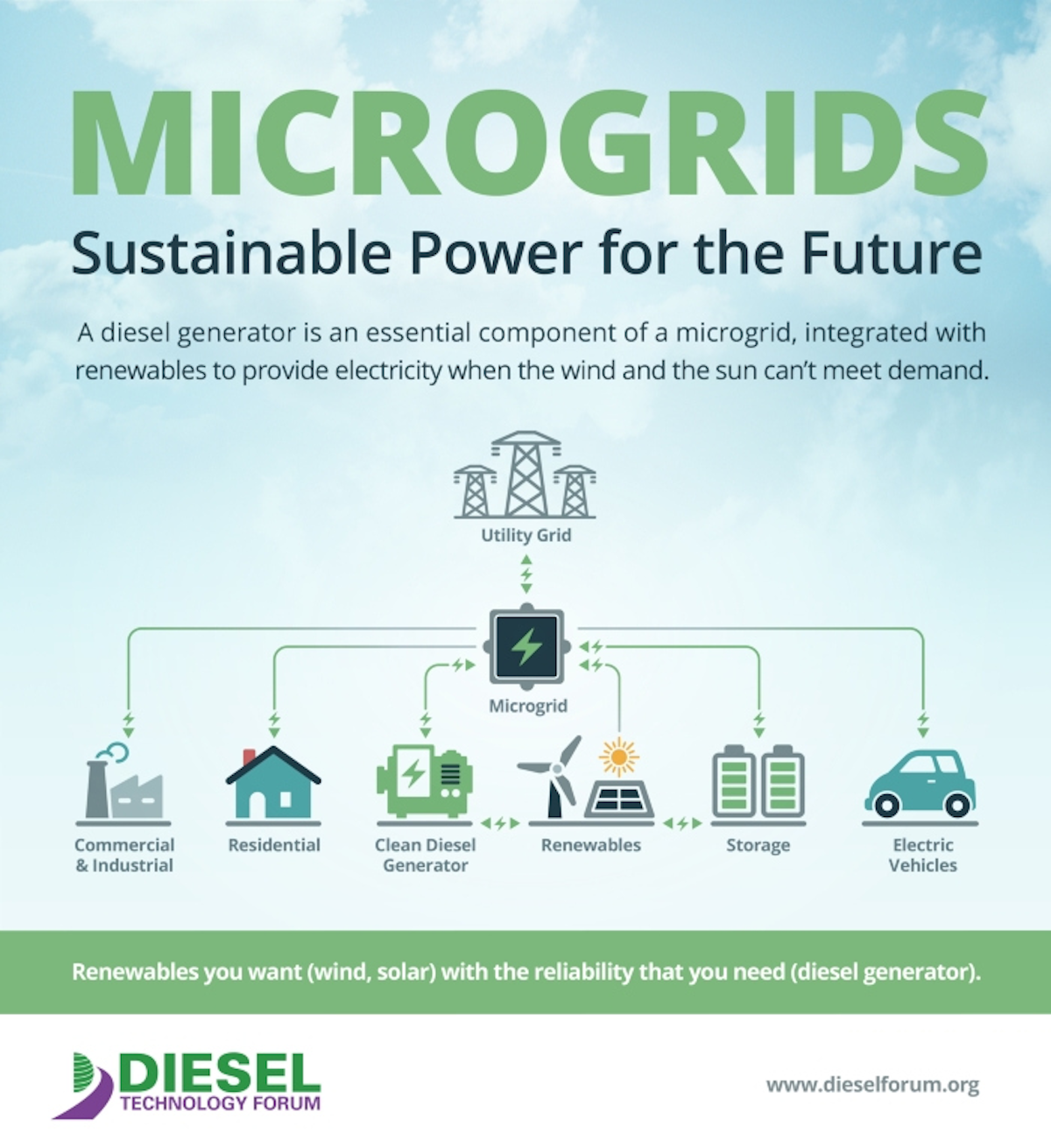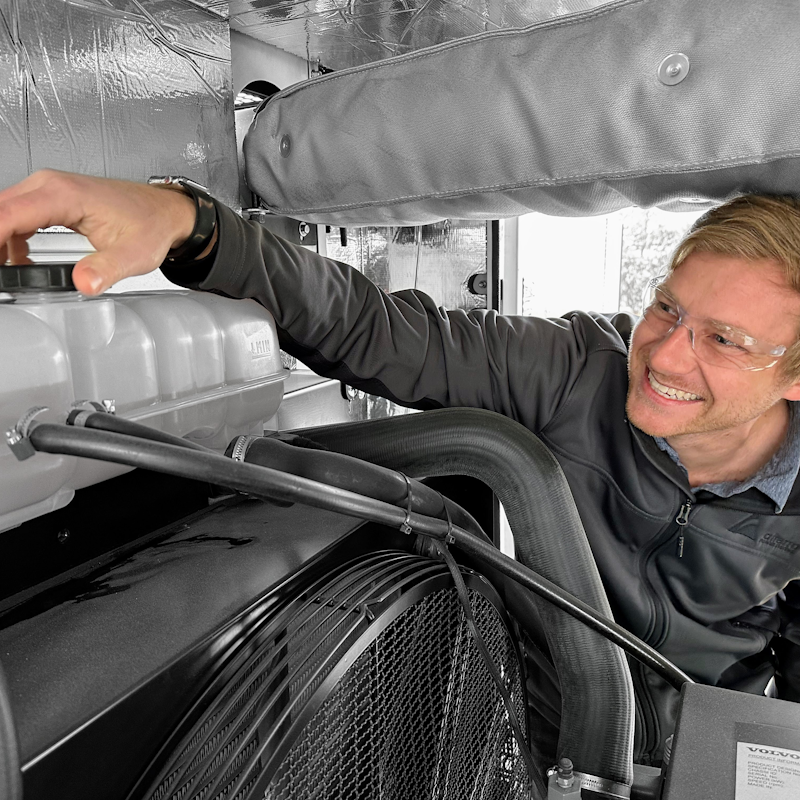What is a microgrid?
Microgrids are an exciting new way to get reliable electricity without relying on traditional sources. They integrate renewable energy such as wind and solar with storage, back up from diesel fuel-powered generators that can also run on biofuel.

What is a microgrid?
The focus of microgrids is to reduce or eliminate reliance on the central electrical power utility and generating grid. Microgrids are a system of decentralized electric power generation and distribution. A microgrid can be connected to and disconnected from the main grid with relative ease, making it an attractive option for island communities or remote locations. Microgrids can also help to improve grid resiliency by providing backup power in the event of an outage. In addition, microgrids can help to meet peak demands without straining the existing infrastructure. As the need for reliable, clean energy continues to grow, microgrids are likely to play an increasingly important role in the electrical grid.
Dependable Power
As cities and towns around the world seek to become more resilient in the face of climate change, many are turning to microgrids. Microgrids are small-scale energy systems that can operate independently from the central grid. This means that if the central grid goes down, a microgrid can keep power flowing to critical facilities like hospitals and fire stations. Microgrids can also help to reduce a community's carbon footprint by integrating renewable energy sources like solar and wind. In addition, microgrids can provide a backup power source during extreme weather events like hurricanes and winter storms. As more communities look for ways to adapt to the changing climate, microgrids are likely to play an increasingly important role.

